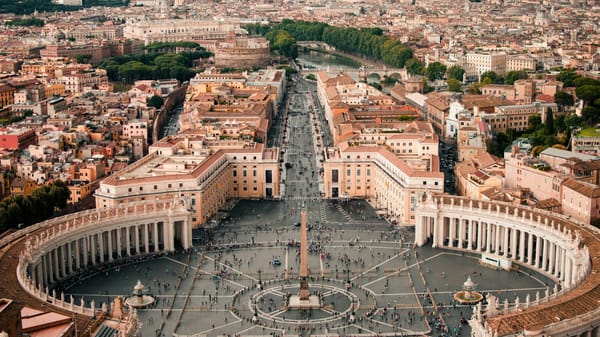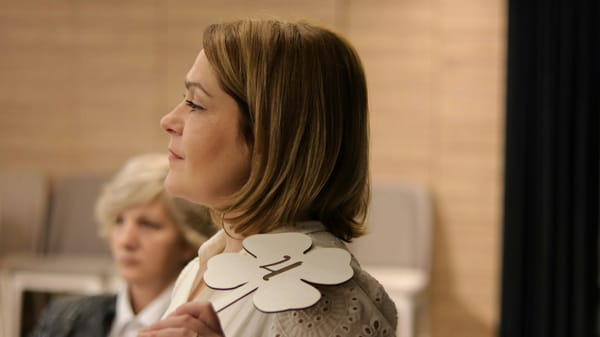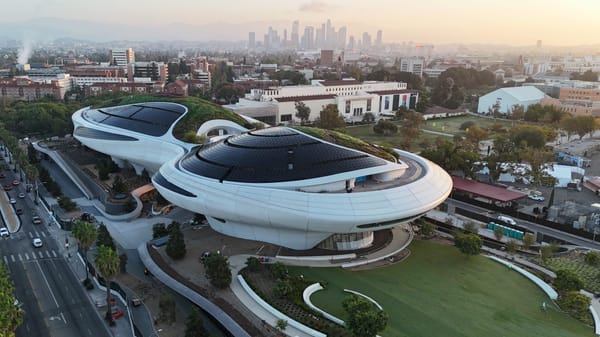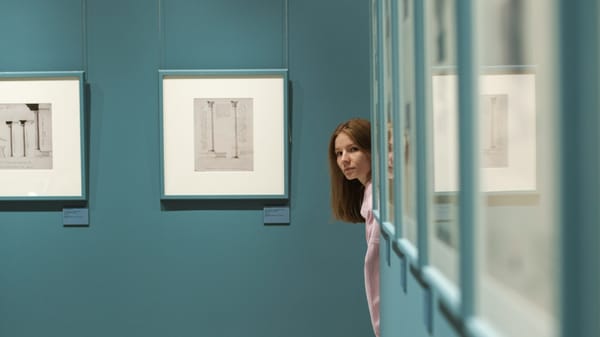Lapland, Where Art Glows
From Korundi and Arktikum to Sámi craft, Northern Lights, and Santa’s Village—the North’s culture lives in light and silence.

In early October, Lapland begins to fade into frost. The air grows sharper, the nights stretch long, and the sky becomes a moving canvas of green and violet. This far north, the light behaves like art—fleeting, alive, and impossible to own. Everyone knows the story of Santa Claus, but few realize that his official hometown, Rovaniemi, is also a living gallery of Lapland art, where myth, creativity, and survival converge.
Lapland’s landscapes—the snowy fells, the silence of pine forests, and the glow of the Northern Lights—are not just scenery. They are subjects, tools, and muses for artists who live between darkness and dawn. Here, creativity grows out of necessity. Art becomes a language to express what life feels like when winter lasts half a year, when isolation and beauty coexist in every moment.
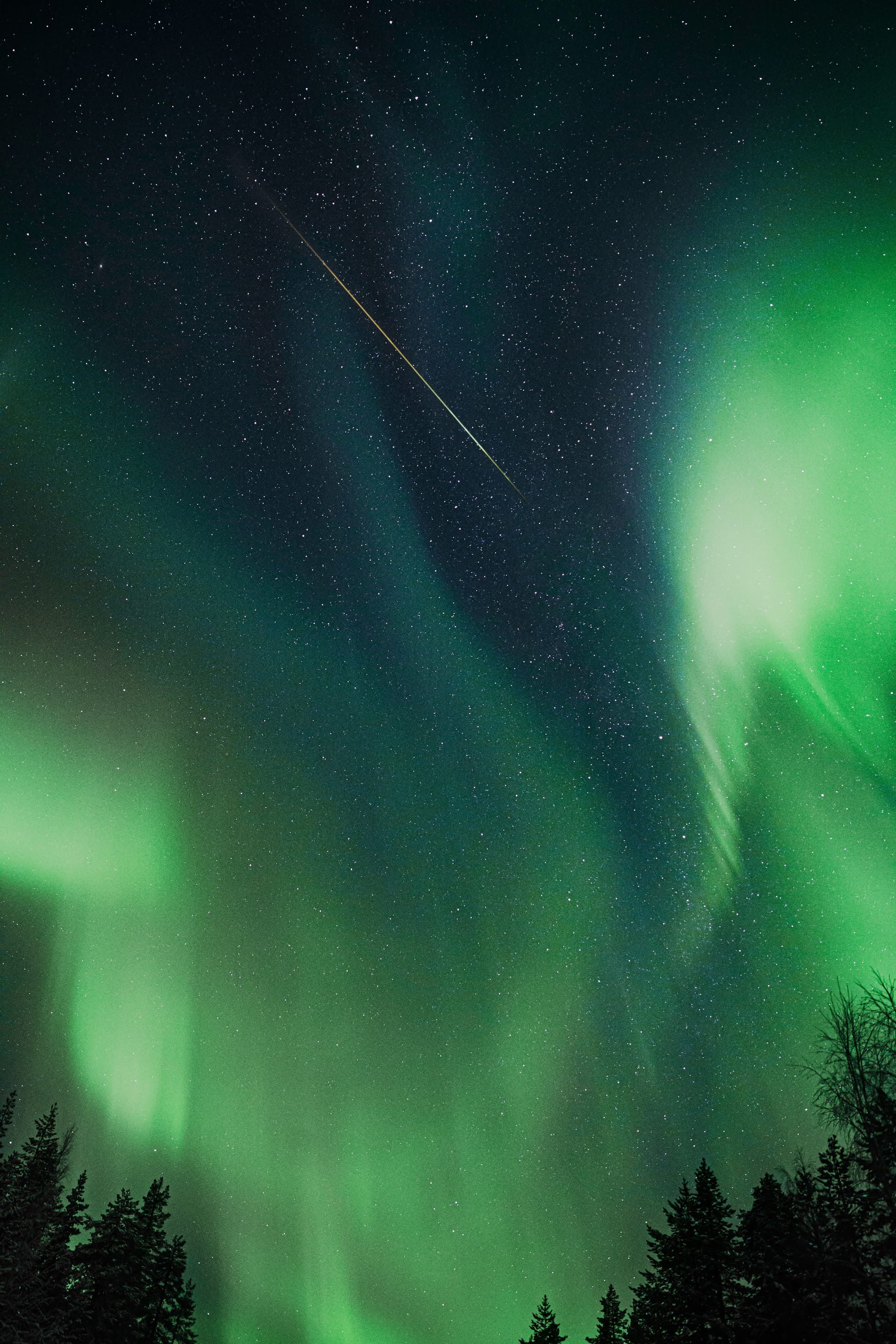
The Real Hometown of Santa Claus
Officially, Rovaniemi has been called the hometown of Santa Claus since 1985. The city sits right on the Arctic Circle and welcomes hundreds of thousands of visitors each year who come to see Santa Claus Village. But according to Finnish folklore, Santa’s true home lies deeper in Lapland, in a fell called Korvatunturi—“Ear Mountain,” where he is said to listen to the world’s children.
That duality—between legend and lived place—defines Lapland’s identity. The myth gives Rovaniemi its global aura, but art gives it meaning. Every year, visitors step into the Arctic Circle expecting fantasy. What they find is culture: Sámi crafts, light art, and installations that turn snow into sculpture and silence into story.
Rovaniemi has become the meeting point between folklore and the contemporary North—a place where artists reinterpret old stories under the same northern sky that once shaped them.
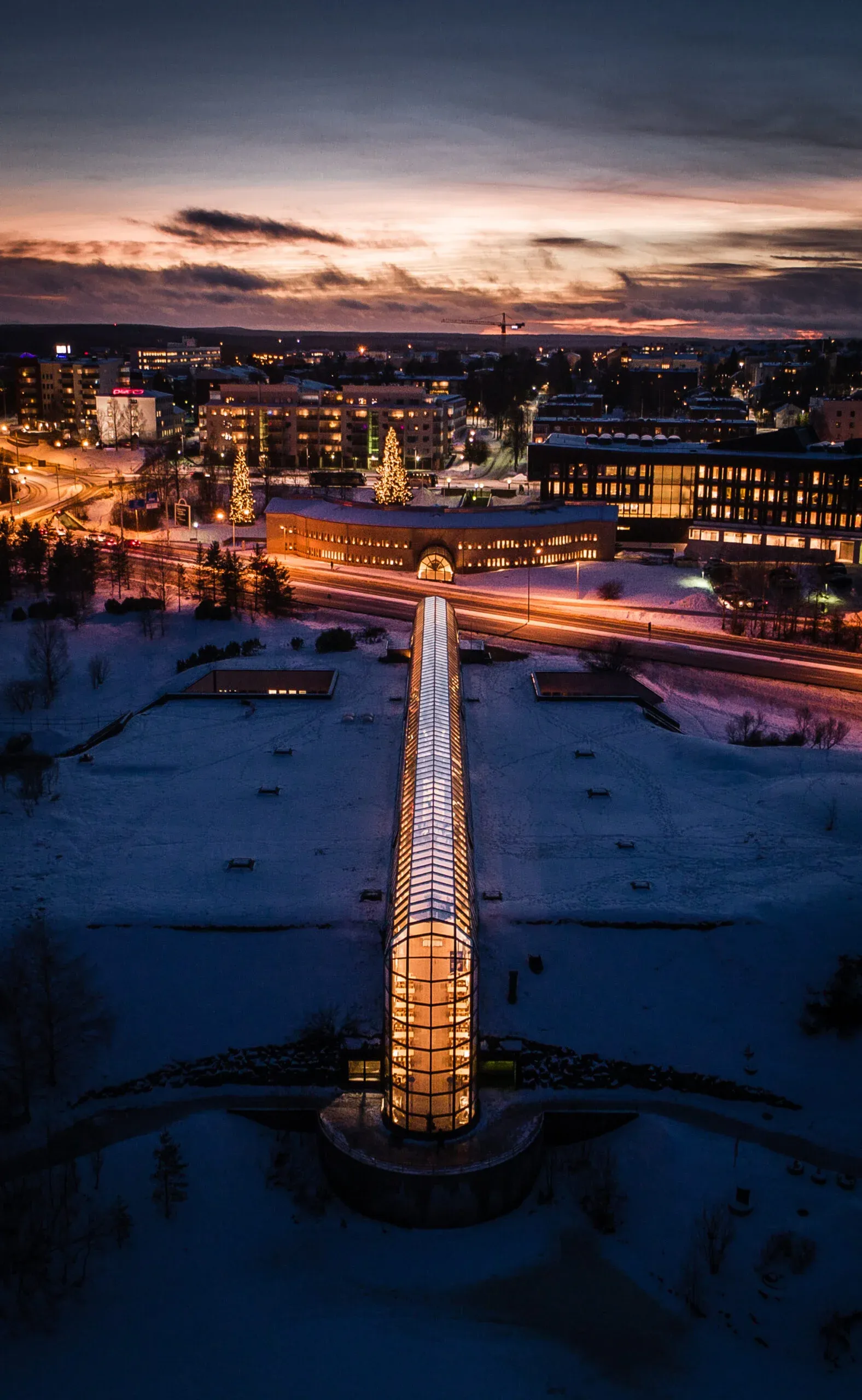
Arktikum and Korundi: Art at the Edge of the Arctic
At the heart of Rovaniemi stands Arktikum, a museum and science center that captures the intersection of nature, culture, and art. Its glass corridor stretches toward the frozen river like a line of light—symbolic of the Arctic’s fragile clarity. Inside, exhibitions move between past and future: traditional Sámi handicrafts made from bone, leather, and wood share space with digital art that visualizes the rhythm of melting ice.
Just a few streets away, Korundi House of Culture transforms an old postal depot into a modern art museum. Here, local artists explore identity, climate, and memory through installations that use sound, light, and recycled materials. Visitors can walk through an exhibition where aurora-inspired projections pulse across snow-like fabric, or sit before paintings that glow like midnight sun.
Both institutions carry the same quiet mission: to keep the North visible, to show that Lapland is more than a backdrop—it is a living artistic ecosystem.
Korundi turns a former postal depot into a contemporary hub for Lapland art and music. Video Courtesy of Korundi
The Artists of the North
Lapland’s artists work with materials that change with the season. Snow, ice, reindeer hide, birch bark, and light itself. Many are Sámi creators who merge ancestral craftsmanship with contemporary expression. Artist Outi Pieski, known for installations that weave Sámi identity with environmental activism, has become one of the region’s most recognized voices. Her work recalls traditional clothing fringes while addressing the modern fight for cultural survival.
Photographer and filmmaker Marja Helander creates poetic short films that juxtapose everyday Sámi life with surreal landscapes, exploring how identity endures amid modern pressures. Their art, along with countless others, builds a bridge between the past and present—a reminder that the Arctic is not empty, but full of stories waiting to be seen.
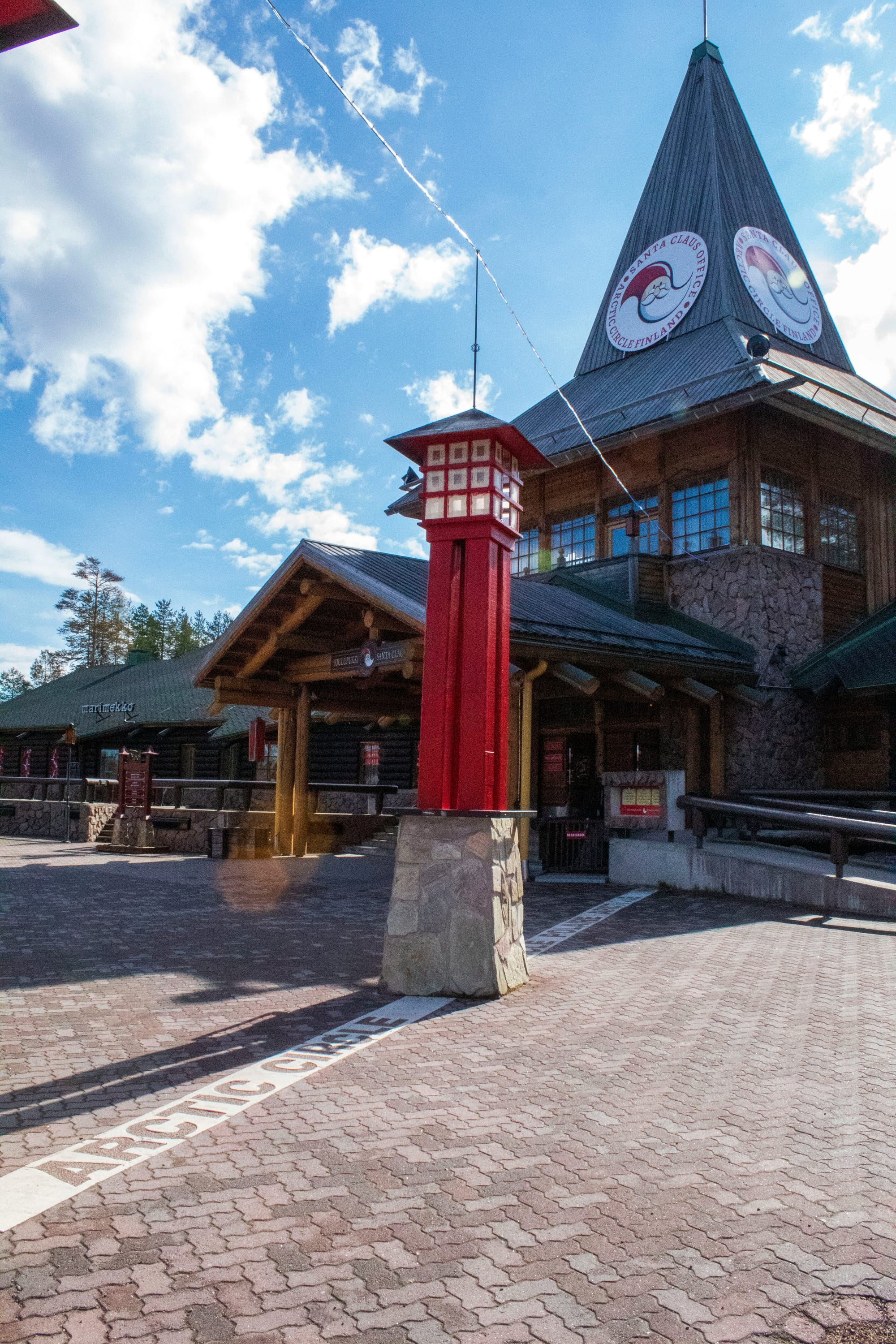
The Santa Claus Effect: Beauty Under Pressure
Lapland’s art exists in tension with its economy. The same magic that draws visitors to Rovaniemi now risks overwhelming it. A 2025 report by The Guardian, titled “The Santa Claus Effect,” revealed how expanding tourism has eaten into Lapland’s green spaces, disrupting reindeer herding routes and raising housing costs for locals. Another investigation by Le Monde described how new hotels and short-term housing developments are encroaching on wilderness areas once untouched.
More than 600,000 people now visit Santa Claus Village every year. The local government celebrates this as success, but artists see something fragile beneath it. They worry that Lapland’s quiet will vanish, that the Arctic’s stillness—the same silence that inspires their work—may be replaced by a year-round noise of tourism.
And yet, art persists. This year’s Relate North 2025 symposium invites artists from around the world to explore Arctic identity, sustainability, and change. Local galleries continue to open small, thoughtful shows that focus on light, loss, and renewal. In their own way, each artist is preserving what the region is in danger of losing: space, solitude, and sincerity.
When the North Creates Hope
Lapland’s art offers something people everywhere crave—peace, presence, and connection to nature. It teaches the value of slowness and silence in a world of constant noise. Travelers often arrive in Rovaniemi to see Santa, but they leave with something more: a feeling that light and art can coexist with darkness, that even in the coldest places, imagination warms.
Through exhibitions like those at Arktikum and Korundi, and through grassroots initiatives such as the Arctic Sustainable Arts and Design network, Lapland artists turn climate anxiety into creative resistance. They remind the world that beauty is not a luxury—it’s a form of endurance.
One artist described it simply: “We create to remember the color of snow before it disappears.”
A Story of Light and Continuity
As October deepens, the first snow settles quietly on Rovaniemi’s roofs. The river freezes in delicate layers. In the distance, light installations shimmer between trees, and children draw reindeer in the frost. This is where art begins: between myth and moment, between what fades and what remains.
Lapland art tells a story of hope and continuity, carrying the heart of Santa’s homeland into the wider world. It’s not just about Christmas, nor nostalgia. It’s about the human instinct to keep beauty alive—even as the world grows colder.
Lapland’s art begins with a single snowflake and travels, luminous and fragile, to the ends of the earth.
© ART Walkway 2025. All Rights Reserved.


